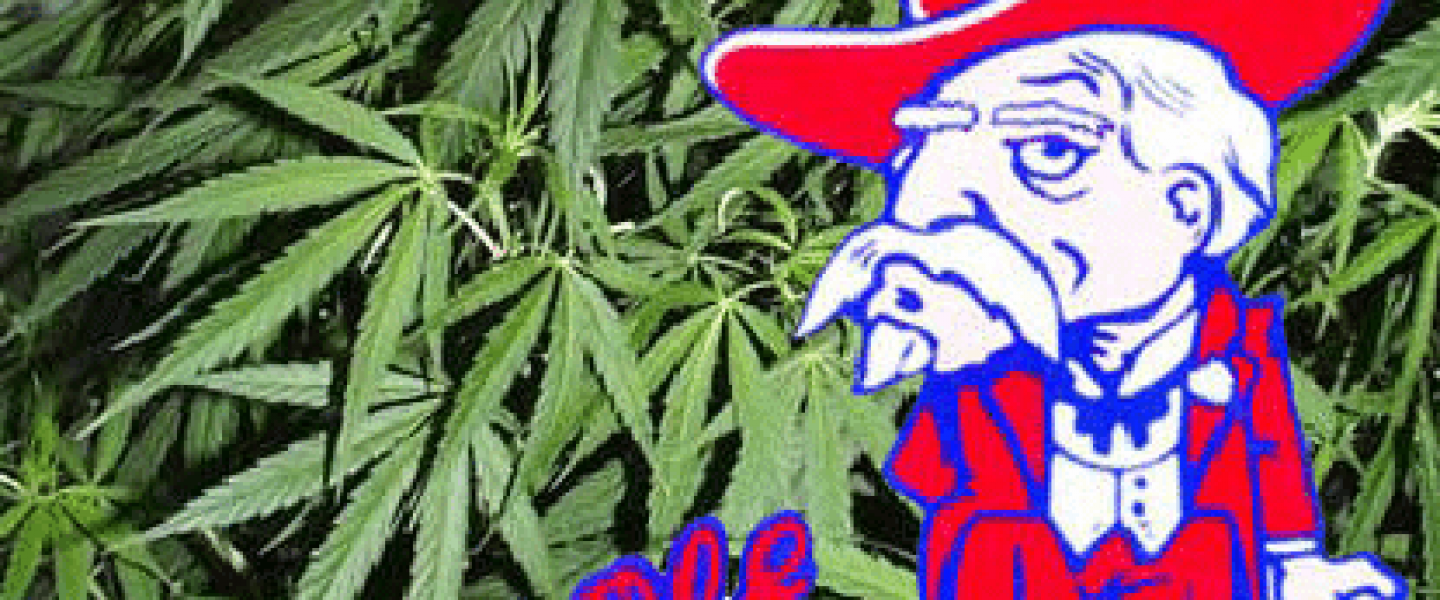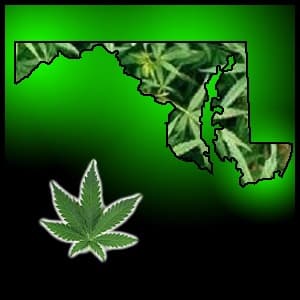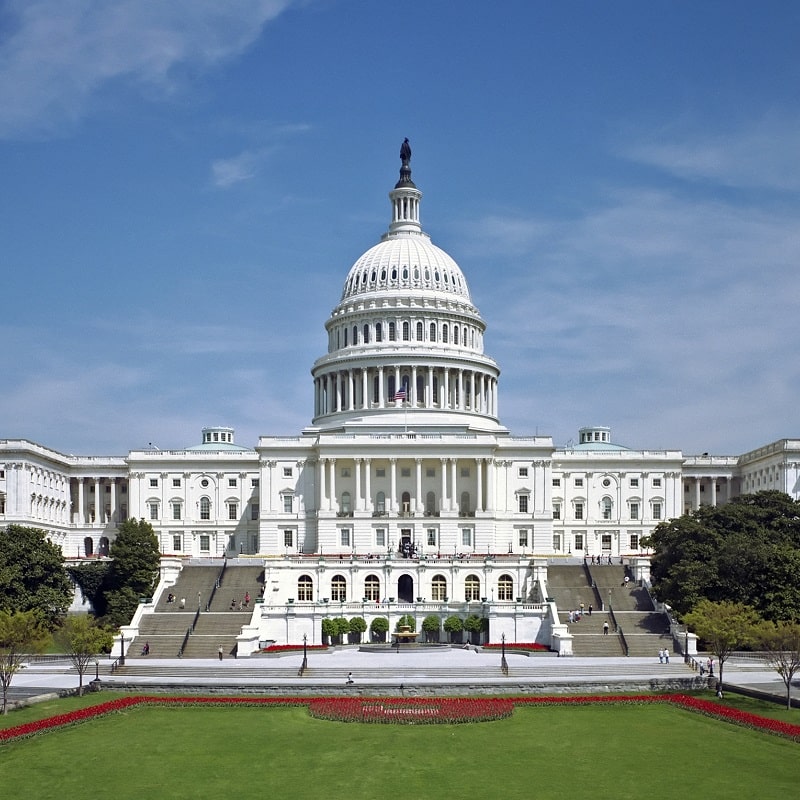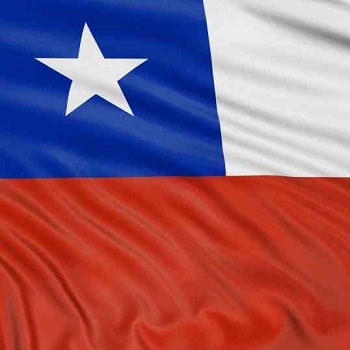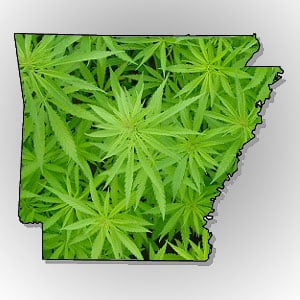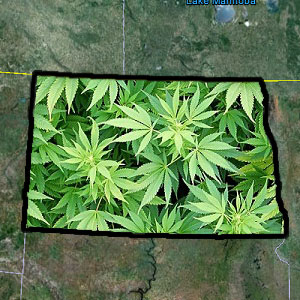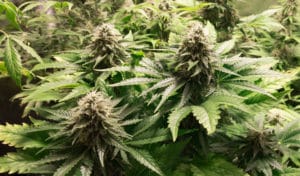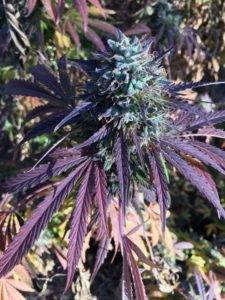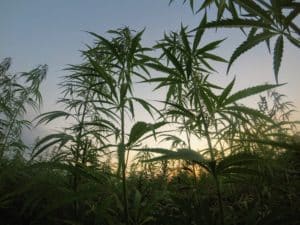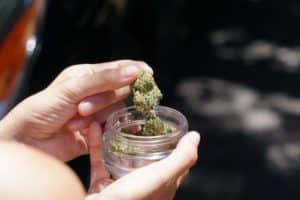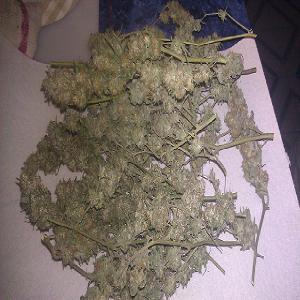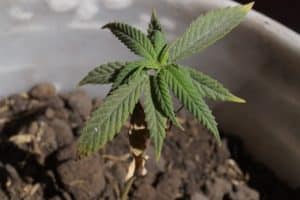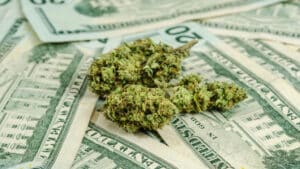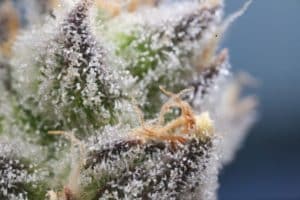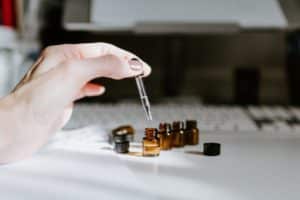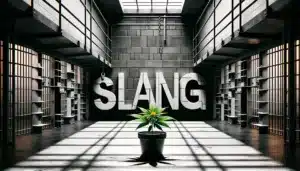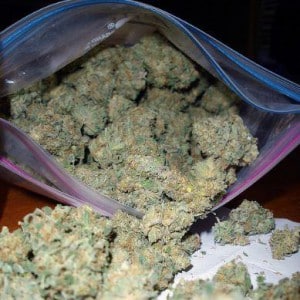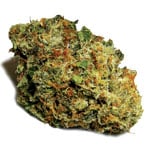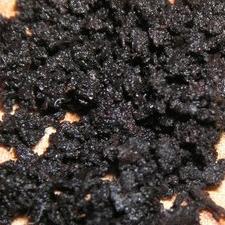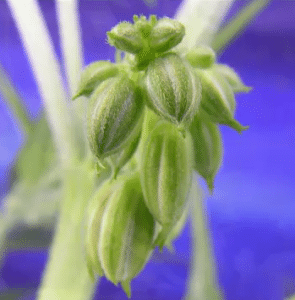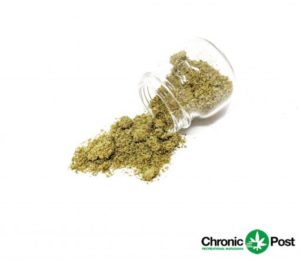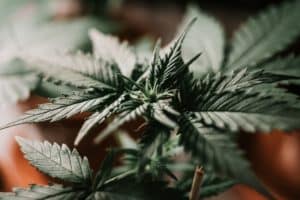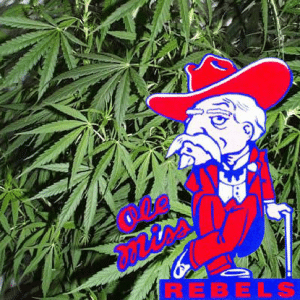 Does The University of Mississippi Grow Legal Medical Marijuana?
Does The University of Mississippi Grow Legal Medical Marijuana?
I remember growing up in Oregon before the days of the internet and smartphones, and I always heard a rumor that the government was growing marijuana at a university somewhere in the south. I vividly remember watching a Montel Williams episode where he brought all of the living United States medical marijuana patients on, and talked about how they got medical marijuana from the government. I don’t remember the show talking about the University of Mississippi, and how they were the university that grew all of the federal medical marijuana patient’s medicine.
Luckily, we now live in a day and age where information is just one Google search away. Not only does the University of Mississippi grow medical marijuana, they list information about it on their website. This is what the University of Mississippi puts out there for public information:
“Maynard W. Quimby Medicinal Plant Garden will be a locally treasured and globally renowned place for medicinally important plants, their research and conservation. ”
“Over 100 different species planted, and that same year (1967), this newly titled “Economic Plant Garden” became home to a National Institutes of Health-funded venture propagating marijuana for new drug discovery purposes.”
” In 1969, the marijuana project was expanded under the leadership of Dr. Coy Waller, director of the newly established Research Institute of Pharmaceutical Sciences (RIPS), under the School of Pharmacy. An area next to the original Economic Plant Garden was fenced off and tight security instituted. ”
 Medical marijuana is grown at a facility that looks like this at the University of Mississippi located at 300 Insight Park Avenue, University, MS 38677
Medical marijuana is grown at a facility that looks like this at the University of Mississippi located at 300 Insight Park Avenue, University, MS 38677
I couldn’t find much more information about medical marijuana being grown on campus on the University of Mississippi website, but there are lots of articles dealing with the subject. From a CNN article, we know that the head of the medical marijuana operation is a guy named Mahmoud ElSohly. According to the article “Since 1968, the National Institute on Drug Abuse has contracted with the university lab to grow, harvest and process marijuana and to ship it to licensed facilities across the country for research purposes. The lab also collects samples of marijuana seized by police to determine its potency and to document national drug trends.”
That’s right America, the same federal government that denies that marijuana has any medical value has also been funding medical marijuana research since before the Controlled Substances Act. I don’t think it’s a stretch to assume that the federal government is trying to keep the monopoly on marijuana research. Why else would they fight so hard for others to not be allowed to research it, knowing damn well they have been researching it for decades?
A USA Today article also visited the University of Mississippi’s medical marijuana facility. The article quotes Mahmoud ElSohly as saying, “”It’s a complicated plant…If this was milk thistle or any of these other herbal drugs, it would be no problem making this available.” The article goes on to say, “Although he says he has never smoked it, ElSohly is a big marijuana fan. He is an informed believer in the medical properties of THC, the chemical in the plant that produces a psychoactive high and gives relief to people with chronic ailments such as cancer or Parkinson’s.”
Can you imagine what his conversations with the feds are like? “Mr. ElSohly, have you found evidence that proves marijuana is as dangerous as we, the federal government, have been saying forever?” “Uh, actually guys, despite the fact that I don’t consume it myself, all of my multi-decade research points to the opposite conclusion…” The feds then mumble a bunch of complaints about how they hate science and love propaganda and go home ha ha.
The Marijuana Policy Project put out a great article in August 2011 pointing out the hypocrisy of Mississippi medical marijuana prohibition. The article states, “In the irony of ironies, the University of Mississippi has been growing marijuana for the federal government’s little-known medical marijuana program, the Compassionate Investigational New Drug program, for decades. Each month, the federal authorities send four patients a tin canister filled with about 300 pre-rolled marijuana cigarettes. If the federal government can grow medical marijuana for out-of-state patients in Mississippi, why can’t Mississippi’s seriously ill patients access the medicine they need?” Thank you United States government for being a bunch of non-compassionate, greedy A-holes.
Below is a question and answer session that the New York Times did with Mahmoud ElSohly in December 2008. Since it is an older interview some of the information might be outdated but it still gives great insight into the medical marijuana garden at the University of Mississippi:
Mahmoud A. ElSohly, 62, a research professor at the School of Pharmacy at the University of Mississippi, presides over a farm that grows nearly a hundred varieties of marijuana plants. As director of the Marijuana Project, he oversees the only federally approved marijuana plantation in the country. We spoke for two hours in September at his laboratory in Oxford, Miss., and later again by telephone. An edited version of the conversations follows.
Q. WHAT EXACTLY DOES THE MARIJUANA PROJECT DO?
A. Though cannabis had been used by man for thousands of years, it wasn’t until 1964 that the actual chemical structure of the active ingredient, tetrahydrocannabinol – THC – was determined. That stimulated new research on the plant.
At this laboratory, which began in 1968, we often investigate marijuana’s chemistry. We also have a farm where we grow cannabis for federally approved researchers. Our material is employed in clinical studies around the country, to see if the active ingredient in this plant is useful for pain, nausea, glaucoma, for AIDS patients and so on. For these tests, researchers need standardized material for cigarettes or THC pills. We grow the cannabis as contractors for the National Institute on Drug Abuse – NIDA. And the only researchers who can get our material are those with special permits. We have visitors at the building now and then who ask, “Oh, do you give samples?” We say, “No!”
Q. WHY BOTHER CULTIVATING YOUR OWN MARIJUANA WHEN LAW ENFORCEMENT ORGANIZATIONS SEIZE BRICKS OF IT EVERY DAY?
A. The most obvious reason is that with confiscated marijuana, you don’t really know what you have. When researchers are performing clinical tests, they must have standardized material that will be the same every time. And it must be safe. You certainly wouldn’t want to give a sick person something sprayed with pesticide or angel dust, substances we’ve detected in some illicit marijuana.
When this project first started in the late 1960s, people thought, “Oh, we’ll get materials for testing after a big bust happens.” So the first batch was acquired that way. They made an extract out of the seized material, and it turned out to be contaminated with tung oil. That brought home the point: if you’re going to do clinical trials on humans, you’d better know what you’re using and where it came from. Hence, our farm.
Another thing: pharmaceutical researchers are often looking at something they call “the dose response.” They want to know what happens to a patient smoking a marijuana cigarette with 1 percent THC versus 2 percent or 8 percent. Without standardized material, you can’t accurately test which produced the best or worst result.
Q. ONE OF THE BASIC PRINCIPLES OF AGRONOMY IS TO START WITH GOOD SEEDS. WHERE DO YOUR SEEDS COME FROM?
A. That’s a very good question. Most of the illicit material in the 1960s came from Mexico. So, in collaboration with the D.E.A. and the Mexican government, we acquired those seeds. Later, we acquired others from Colombia, Thailand, Jamaica, India, Pakistan and places in the Middle East. That permitted us to study chemical and botanical differences. By 1976, we were growing about 96 different varieties.
Interestingly, that led us to see that there was only one species of cannabis. It had always been thought that there were many. But you could see that the chemistry of this plant is the same qualitatively no matter where it comes from. What makes each different is the relative proportion of the different chemicals in there, which doesn’t make a different species. It’s really the same species, but different varieties of it. The different types of varieties hybridize very easily.
Q. DOES THIS MEAN THAT ONE COULD MAKE GENETICALLY MODIFIED CANNABIS?
A. Yes. Absolutely. That actually has been the trend over the years in the cultivation in the illicit market, and also in the legal market, where we are doing genetic selection, where we select specific materials that have the genes that produce higher levels of THC or some of the other ingredients.
Q. SO OUT THERE IN RURAL NORTHERN CALIFORNIA, HAVE THEY BEEN IMPROVING THEIR CROPS WITH MODERN GENETICS?
A. They have been doing genetic selection for years. You can see the potency keeps going up. In the 1970s, the seized marijuana had probably 1 percent or less of the active ingredient. Now, it’s about 8 percent, on the average.
Q. HOW DID YOU COME TO YOUR UNUSUAL SPECIALTY?
A. The honest truth is that it began out of necessity. In 1975, while I was in my last year of graduate school in natural products chemistry at the University of Pittsburgh, the Lord provided me with twin daughters. My graduate student stipend was already over, and my adviser said, “You need to quickly find a job.”
So he recommended me for a postdoctoral fellowship at the University of Mississippi’s Research Institute of Pharmaceutical Sciences. My first job here had to do with poison ivy. Then a better-paying position opened up at the Marijuana Project, and I moved to that. I liked the research, and I got on well with my supervisor and mentor, Dr. Carlton Turner, who later became the director of drug abuse policy in the Reagan White House. So, this work, it just happened.
Q. DO YOUR NEIGHBORS EVER KID YOU ABOUT YOUR JOB?
A. My daughters, when they were in grade school, the teachers would ask them, “What does your father do?” And they’d say, “He grows marijuana.” And the teachers’ eyes would grow wide. After a while, my daughters said: “He works at the University of Mississippi. He’s a professor.”
This article has been revised to reflect the following correction:
Correction: December 24, 2008
A question-and-answer interview on Tuesday with Mahmoud A. Elsohly, who grows marijuana for research purposes, overstated the role of one government agency in the research. Although the National Institute on Drug Abuse does indeed contract with Dr. ElSohly’s laboratory to grow the cannabis for federally approved researchers, it does not issue permits to the researchers. (As the article noted, the Drug Enforcement Administration does.)


